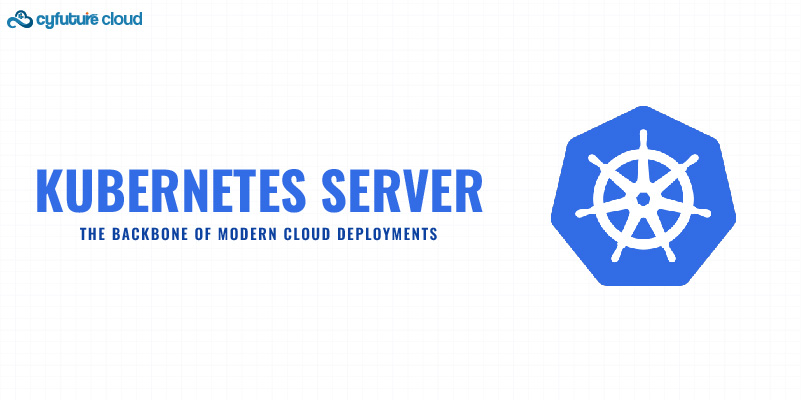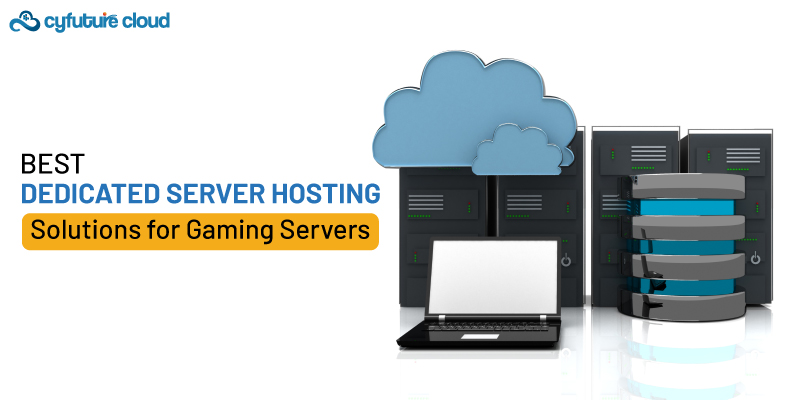Table of Contents
Public cloud repatriation refers to the process of moving data and workloads that were previously hosted in a public cloud back to an on-premises or private cloud environment. This process can be driven by a variety of factors, including security concerns, regulatory compliance, and cost savings.
In recent years, there has been a growing trend of organizations moving their data and workloads to public clouds such as AWS, Azure, and Google Cloud. However, 2023 could be the year of public cloud repatriation 2023 as more organizations are beginning to re-evaluate the benefits of public cloud and are considering moving back to on-premises or private cloud environments.
One of the main reasons for this trend is the increasing concern over security in the public cloud. As more sensitive data is moved to the public cloud, there is a greater risk of data breaches and cyber attacks. Additionally, with the increasing number of high-profile security breaches and data leaks, organizations are becoming more aware of the potential risks of public cloud.
Another reason for the trend is the increasing complexity of regulatory compliance in the public cloud. Many industries, such as healthcare and finance, have strict regulations that must be followed when it comes to data storage and processing. As a result, organizations in these industries may find it difficult to comply with these regulations when using public cloud services.
Lastly, cost-saving is another major reason for the trend. As organizations continue to grow, they may find that the costs associated with using public cloud services become prohibitively expensive. Additionally, as more organizations move to the public cloud, the costs of these services are expected to rise.
The trend of public cloud repatriation is driven by a combination of security concerns, regulatory compliance, and cost savings. As a result, 2023 could be the year of public cloud repatriation.
Factors Driving Public Cloud Repatriation
Public cloud repatriation is driven by a variety of factors that can vary depending on the organization and industry. In general, the trend is driven by concerns over data privacy and security, regulatory compliance, and cost and performance optimization.
– Data privacy concerns: One of the main drivers of public cloud repatriation is data privacy concerns. With more sensitive data being stored in the public cloud, there is a greater risk of data breaches and cyber attacks. This is particularly true for organizations in industries such as healthcare and finance, which have strict regulations around data privacy.
– Security considerations: Security is also a major driver of public cloud repatriation. Organizations are becoming increasingly aware of the potential risks of public cloud, including the risk of data breaches and cyber attacks. Additionally, many organizations have compliance requirements that must be met when it comes to data security, and may find it difficult to comply with these regulations when using public cloud services.
– Regulations and compliance: Compliance with industry regulations is another important factor that can drive public cloud repatriation. Many industries have strict regulations around data storage and processing, and organizations may find it difficult to comply with these regulations when using public cloud services.
– Cost and performance optimization: Cost and performance optimization is another major driver of public cloud repatriation. As organizations continue to grow, they may find that the costs associated with using public cloud services become prohibitively expensive. Additionally, as more organizations move to the public cloud, the costs of these services are expected to rise.
The trend of public cloud repatriation is driven by a combination of factors, including data privacy and security concerns, regulatory compliance, and cost and performance optimization. As a result, organizations are increasingly considering moving their data and workloads back to on-premises or private cloud environments.
Impact on Businesses
The impact of public cloud repatriation on businesses can be both positive and negative, depending on the organization and industry.
Advantages of Public Cloud Repatriation
- Improved data security: By moving data and workloads back to on-premises or private cloud environments, organizations can improve their data security and reduce the risk of data breaches and cyber attacks.
- Better compliance and regulatory oversight: Public cloud repatriation can also help organizations comply with industry regulations and oversight by allowing them to have more control over their data and infrastructure.
- Cost savings: Organizations can also achieve cost savings by reducing their dependence on public cloud services, which can become expensive as the organization grows.
Challenges of Public Cloud Repatriation:
- Complexity of migration: Public cloud repatriation can be a complex process, and organizations may need to invest significant time and resources to migrate data and workloads back to on-premises or private cloud environments.
- Potential disruptions to business operations: The process of migration can also cause disruptions to business operations, and organizations may need to make temporary arrangements to ensure continuity of operations.
- Need for specialized expertise: Organizations may also need to invest in specialized expertise to manage the migration process and ensure that data and workloads are properly migrated and secured.
Overall, the decision to repatriate from public cloud to on-premises or private cloud environments depends on the specific needs and requirements of the organization. While the process can be challenging, it can also bring significant benefits in terms of data security, compliance, and cost savings.
Conclusion
In conclusion, public cloud repatriation is the process of moving data and workloads that were previously hosted in a public cloud back to an on-premises or private cloud environment. The trend of public cloud repatriation is driven by a combination of factors, including data privacy and security concerns, regulatory compliance, and cost and performance optimization.
Predictions for the future of public cloud repatriation
- As more organizations become aware of the potential risks of public cloud, we expect to see an increase in public cloud repatriation in the future.
- We also predict that the trend will continue to be driven by concerns over data privacy and security, regulatory compliance, and cost and performance optimization.
- Additionally, as more organizations move to the public cloud, the costs of these services are expected to rise, which could further drive the trend of public cloud repatriation.
Recommendations for businesses considering public cloud repatriation
- Organizations should carefully evaluate their specific needs and requirements before deciding to repatriate from public cloud to on-premises or private cloud environments.
- They should also consider the potential benefits and challenges of public cloud repatriation and weigh them against their current needs and capabilities.
- Organizations should also consider seeking specialized expertise to manage the migration process and ensure that data and workloads are properly migrated and secured.
Overall, public cloud repatriation is an important trend that organizations should consider as they evaluate their data storage and processing needs. While the process can be challenging, it can also bring significant benefits in terms of data security, compliance, and cost savings.
Recent Post
Send this to a friend

 Server Colocation
Server Colocation CDN Network
CDN Network Linux Cloud Hosting
Linux Cloud Hosting Kubernetes
Kubernetes Pricing Calculator
Pricing Calculator
 Power
Power
 Utilities
Utilities VMware Private Cloud
VMware Private Cloud VMware on AWS
VMware on AWS VMware on Azure
VMware on Azure Service Level Agreement
Service Level Agreement 



















